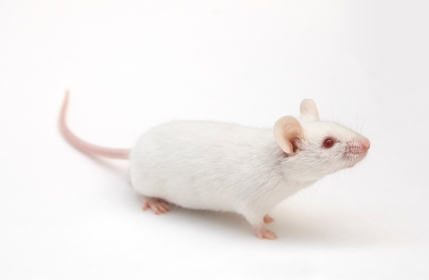Vitamin D3 has Positive Effects in Depressed Patients on Prozac
A recent study of patients taking fluoxetine (Prozac) for major depression found that adding 1500 IU of vitamin D3 to their treatment regimen improved their response significantly. The article was published in the Australian and New Zealand Journal of Psychiatry.
According to the Mayo Clinic:
The term “vitamin D” refers to several different forms of this vitamin. Two forms are important in humans: ergocalciferol (vitamin D2) and cholecalciferol (vitamin D3). Vitamin D2 is synthesized by plants. Vitamin D3 is synthesized by humans in the skin when it is exposed to ultraviolet B (UVB) rays from sunlight. Foods may be fortified with vitamin D2 or D3.
Editors Note: Here is another augmenting agent that could be considered for the treatment of those with residual depression. While vitamin D has not been studied directly in bipolar depression, we could ask, “Why not try it?” Other nutritional supplements in this category might be folate and N-acetylcysteine.
Vitamin D supplements are definitely indicated for the large percentage of those in the US who are vitamin D deficient. Given the data from this randomized trial, vitamin D3 could be considered in those with normal levels of vitamin D as well.
Botox May Improve Depression
 Relaxing facial frown muscles with Botox may produce antidepressant effects. The muscles on the forehead between the eyebrows tend to tense and constrict during episodes of depression, anxiety, and grief. A placebo-controlled clinical trial by Eric Finzi and Norm Rosenthal has shown that paralyzing these frown muscles can produce antidepressant results.
Relaxing facial frown muscles with Botox may produce antidepressant effects. The muscles on the forehead between the eyebrows tend to tense and constrict during episodes of depression, anxiety, and grief. A placebo-controlled clinical trial by Eric Finzi and Norm Rosenthal has shown that paralyzing these frown muscles can produce antidepressant results.
Study participants with treatment-resistant depression received either paralyzing injections of botulinum toxin, better know by its trade name Botox, or placebo injections. The antidepressant response rate was 51% among patients who received Botox and 14% among those who received placebo. The remission rate was 27.3% with Botox versus 7.3% with placebo injections. These data are particularly striking because these patients had, on average, been ill for more than two years, during which time they had been through multiple unsuccessful antidepressant trials.
In 1872, Charles Darwin emphasized the importance of facial muscles in social communication and affect, and in 1890 William James suggested that sensory feedback from musculature changed people’s affect, rather than the opposite and conventional view that affective and emotional states cause muscles to tense and contract. The new data from Finzi and Rosenthal’s study are consistent with James’ view.
The investigators concluded that the data from this study suggest frowning itself may cause depression. More controlled trials using other injection sites would be helpful to further document the efficacy and selectivity of these Botox injections for the treatment of depression.
An Animal Model of Poor Judgment in Adolescence: Previous Learning Suppressed
As young mice transition into adolescence, they experience a “sensitive” period in which their context-based fear memories are temporarily suppressed. In a recent study, young animals learned to avoid an environment associated with a mild shock. Later, when they entered adolescence, this learning was temporarily forgotten or suppressed. However, when the same mice aged into adulthood, they reacquired this learned fear memory and began to again avoid the environment associated with the earlier shock. This temporary loss of fear memory differs in mice depending on their genes.
At the 2012 meeting of the Society of Biological Psychiatry, researcher Francis S. Lee reported that mice with a certain genetic variation display an impairment of this fear memory process. There are several common variants of the gene responsible for the production of brain-derived neurotrophic factor (BDNF), which protects neurons and is necessary for long-term memory. Mice with the poorer functioning variant known as Val66Met (as opposed to the better functioning Val66Val) fail to recall the earlier fear-related events not only in adolescence, but also in adulthood when the fear memory is usually retrievable again.
Editor’s Note: In mice and humans, Val66Val is the most frequently occurring allele in the population, but Val66Met is also a fairly common variation of the BDNF gene. It is this Val66Met allele that is associated with not retaining earlier learned experience about a “dangerous” environment that should be avoided.
These data suggest an intriguing explanation for some of the “wild” behavior and poor judgment to which even the smartest adolescents are prone. This kind of behavior may be based in part on the temporary forgetting in adolescence of earlier learning about which situations or environments are safe versus which ones are dangerous. Read more



